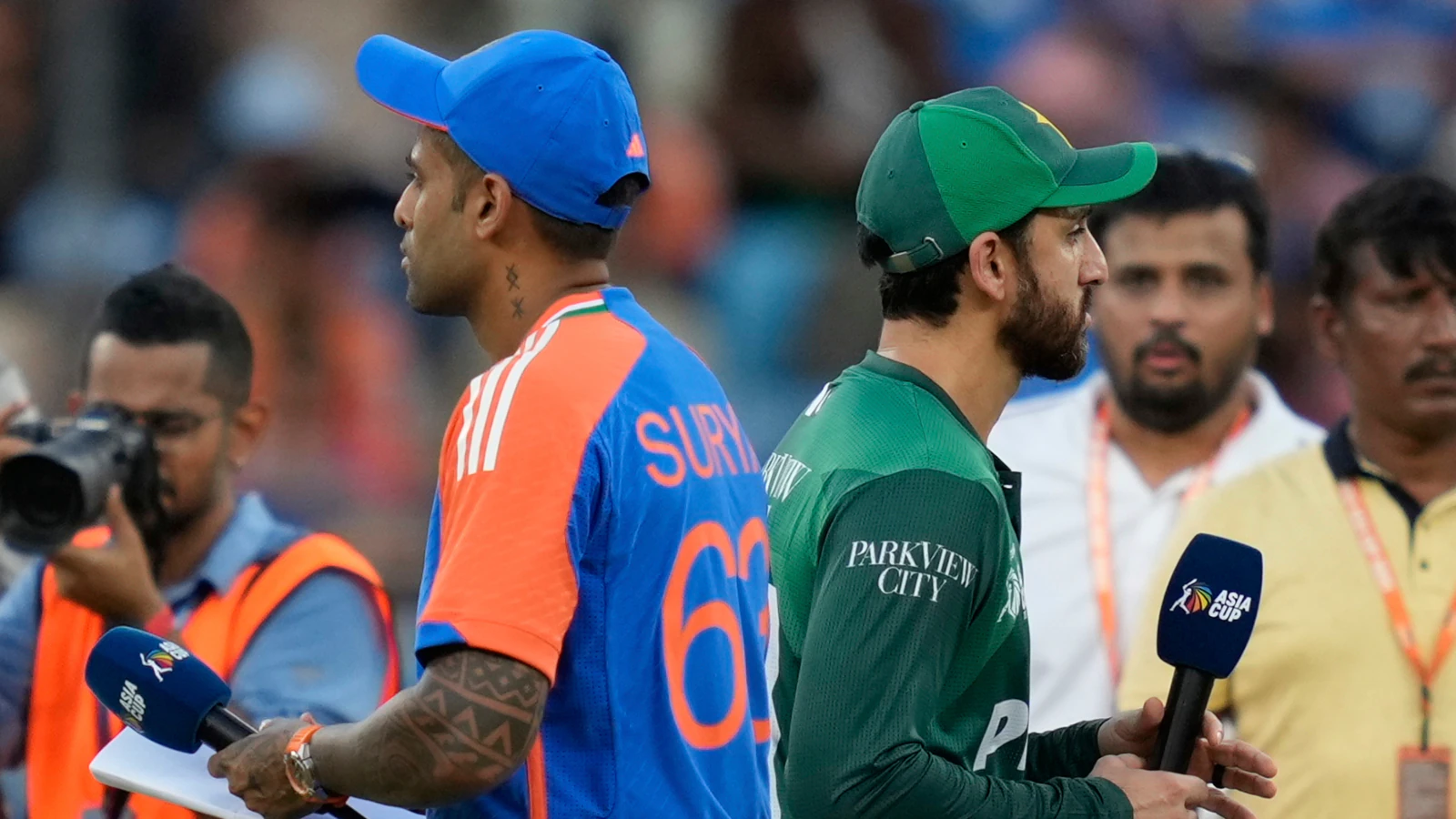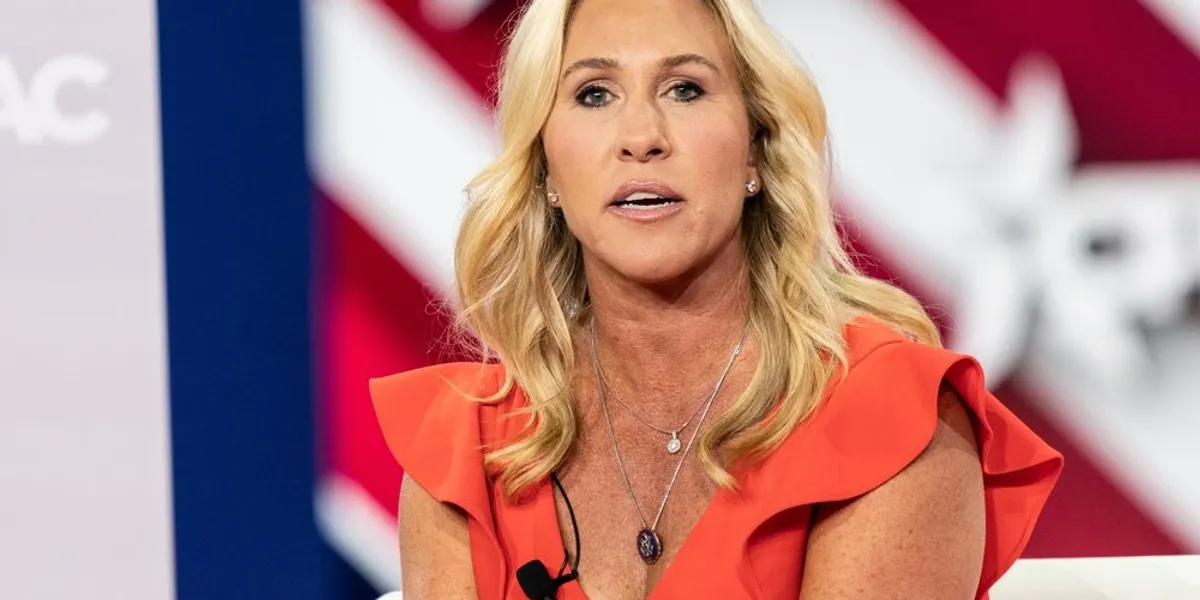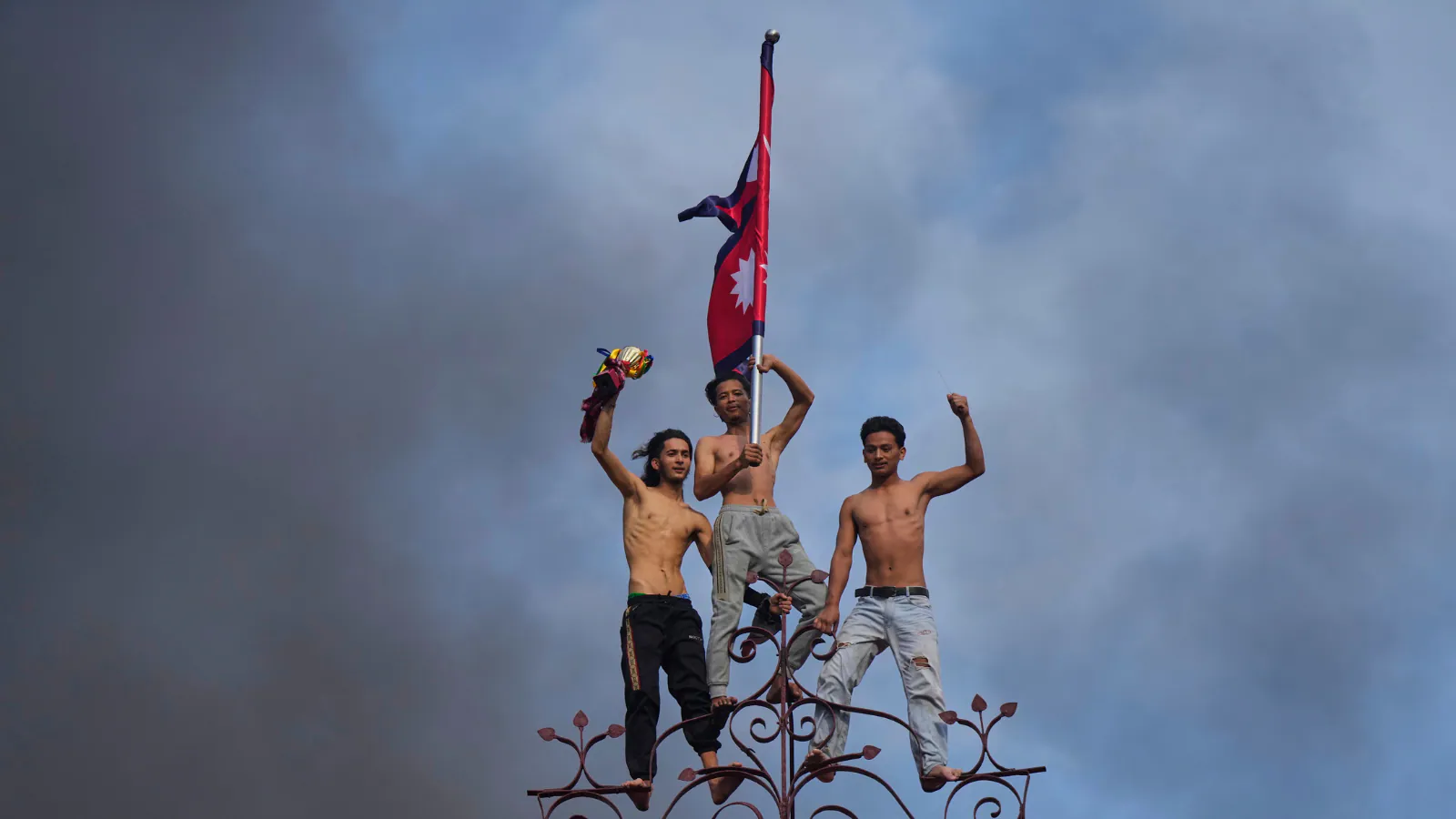By Karishma Jain,News18
Copyright news18

Cricket between India and Pakistan has never been ordinary. Since the 2008 Mumbai attacks, bilateral cricket has largely been frozen, with encounters limited to multilateral international tournaments. Every meeting, therefore, carries the weight of history and politics.
In 2025, that baggage was heavier still. Barely months before the Asia Cup, India had faced the Pahalgam terror attack. Against that backdrop, the idea of playing Pakistan was bound to spark debate. For ordinary fans, the question was whether cricket could continue as usual when trust between the two nations was absent. For politicians, it became a test of consistency: if New Delhi says it wants to isolate Islamabad, why permit cricket?
Thus, before a single ball was bowled, the Asia Cup was already more than a sporting event. It had become a stage on which questions of national honour, political will, and symbolism were bound to play out.
Opposition At Home: Why Was India Playing Pakistan?
The fiercest criticism came not from abroad, but from within India. Opposition parties and public voices accused the government of sending mixed signals, talking of isolating Pakistan while permitting cricket.
Former Indian cricketer Harbhajan Singh added his voice, arguing that cricket should take a backseat to national interest: “The soldier who stands on the border, whose family often doesn’t get to see him, their sacrifice is immense. Compared to that, this is a very small matter — we can skip playing one cricket match. The nation always comes first.”
The backlash spilled onto social media, where boycott hashtags trended. At the Dubai International Stadium, it was visible in the stands too: for the first time in years, an India–Pakistan limited-overs match was not a sell-out, with empty seats even in the group stage.
Even cricket franchises weighed in. Punjab Kings, in a social media post promoting the clash, conspicuously avoided naming Pakistan as India’s opponent, a move widely read as silent solidarity with boycott calls.
All of it underlined the same point: Indo-Pak cricket is never “just a game.” For many, even participation required justification.
India’s Clarification: Why A Walkover Was Not An Option
The political storm at home forced New Delhi to spell out its position. The Ministry of Youth Affairs and Sports issued a detailed statement setting down guidelines for sporting ties with Pakistan.
The line was unambiguous: “In so far as bilateral sports events in each other’s country are concerned, Indian teams will not be participating in competitions in Pakistan. Nor will we permit Pakistani teams to play in India.” In short, there would be no tours, no friendly series, and no revival of bilateral cricket.
At the same time, the government made a distinction. “With regard to international and multilateral events, in India or abroad, we are guided by the practices of international sports bodies and the interest of our own sportspersons. Accordingly, Indian teams and individual players will take part in international events that also have teams or players from Pakistan. Similarly, Pakistani players and teams will be able to participate in such multilateral events hosted by India.”
The message was clear. India would not legitimise Pakistan through bilateral cricket, but nor would it hand Islamabad a walkover in multilateral tournaments.
Group Stage: The Handshake That Never Happened
The first India-Pakistan clash in the group stage set the tone for the rest of the tournament. At the toss, Indian captain Suryakumar Yadav pointedly avoided shaking hands with Pakistan’s Salman Ali Agha. After the game, the Indian team also walked off without exchanging the customary courtesies.
Pakistan’s coach Mike Hesson called the snub “disappointing,” saying that handshakes were part of respect for the game. The Pakistan Cricket Board (PCB) went further, filing a protest with the International Cricket Council (ICC) and claiming that match referee Andy Pycroft had instructed the players not to shake hands. Pakistani media accused the ICC of giving in to Indian pressure, trying to frame the incident as externally imposed.
The BCCI dismissed that narrative, making it clear that the decision had come from India’s side, in line with government guidance. There would be no symbolic gestures of warmth with Pakistan, even in the ceremonial space of the toss.
India then underlined its stance on the field, winning the match comfortably. Captain Suryakumar Yadav dedicated the victory to the armed forces and to the victims of the Pahalgam terror attack.
Super Four: Provocations And Backlash
The second meeting, in the Super Four stage, saw tensions spill directly into player behaviour. Pakistan’s fast bowler Haris Rauf celebrated an Indian dismissal by mimicking a plane being shot down, widely interpreted as a dig at India’s military operations. At another moment, he flashed a “6-0” gesture, a reference to Pakistan’s baseless claims that they downed six Indian fighter jets during the four-day scuffle following Operation Sindoor.
Sahibzada Farhan went further, celebrating his half-century with a gesture resembling the firing of an assault rifle. He hit a six off the bowling of Axar Patel in the 10th over, bringing up the milestone for himself. It was then that he held his bat like a gun, firing shots in the air. Farhan even defended the celebration when asked later: “I don’t care how people will take it.”
The ICC took notice. Rauf was fined 30% of his match fee, Farhan received an official warning, and India’s own captain was fined separately, not for gestures, but for post-match political remarks after the group-stage win, when he dedicated the victory to the armed forces and Pahalgam victims.
The provocation extended beyond the pitch. During the innings break, Pakistani TV channel ARY News hosted a panel with anchor Waseem Badami. One of the panellists made comments that shocked viewers.
First, he framed Pakistan’s chances grimly, asking: “Ladke jaan maare toh kya hum match jeet sakte hain?” (“Do you think Pakistan can win if the players give their all?”). He then went further, adding: “Mere khyaal mein ya toh yeh kar de ya kuch ladke firing hee kar de na idhar. Match hee khatam karo, kyunki confirm hai hum haarenge.” (“Or they could open fire in the stadium to end the match, since a loss is certain.”)
Shameless Pakistanis on live TV
Losing the match so badly that they openly talk about sending boys to fire bullets and stop the game.
This is the real mentality of Pakistan — terror even in cricket!
RT and show the world Pakistan’s reality.#INDvPAK #indvspak2025 #asiacup pic.twitter.com/SokEYXUW2P
— Saffron_Syndicate (@SaffronSyndcate) September 21, 2025
The Final: Anthem, Gestures, And A Trophy Refusal
What should have been a night of celebration in Dubai instead spiralled into the most contentious chapter of the tournament.
The Build-Up: A Photo That Never Happened
Even before the first ball, the mood was tense. The traditional pre-final photo shoot with the trophy, usually a formality, was cancelled after Suryakumar Yadav declined to pose alongside Salman Ali Agha and Mohsin Naqvi, Pakistan’s Interior Minister who also heads the Asian Cricket Council (ACC). With this, the match already carried a charged backdrop.
The Anthem Row
At the presentation of the national anthems, cameras caught Shaheen Afridi and Haris Rauf chatting during India’s anthem. The footage quickly went viral, sparking criticism across Indian social media.
The Gesture Retort
On the field, India responded in its own way. After clean-bowling Haris Rauf, Jasprit Bumrah made a dipping “plane-crash” gesture, widely seen as a sharp reply to Rauf’s earlier jet-style celebration in the Super Four clash.
The Trophy Standoff
India’s five-wicket win should have ended in celebration, but the post-match presentation turned into 90 minutes of turmoil. Indian players made it clear they would not accept the Asia Cup from Naqvi, who had publicly taken anti-India positions and even pressed the ICC to charge Suryakumar for dedicating a victory to the armed forces and victims of the Pahalgam attack.
According to BCCI officials, the team had conveyed beforehand that it was prepared to accept the cup from any other dignitary on the podium, such as Dubai Sports City chairman Khalid Al Zarooni, but not from Naqvi.
When India declined, Naqvi refused to step aside. The result was paralysis: the Pakistan team stayed in their dressing room for the first hour, the presentation was delayed, and broadcasters could only hand out the mandatory sponsor awards. Broadcaster Simon Doull eventually told viewers, “I have been informed by the Asian Cricket Council that the Indian cricket team will not be collecting their awards tonight. So that does conclude the post-match presentation.”
The trophy itself was carried away by ACC staff, leaving spectators bewildered. Later, Indian players returned to the field with their families for informal celebrations.
Back in India, the BCCI confirmed its stance. Secretary Devajit Saikia told reporters: “We have decided not to take the Asia Cup 2025 trophy from the ACC chairman, who is one of the main leaders of Pakistan. But that does not mean he will take the trophy away. We expect it to be returned to us with the medals at the earliest.”
Pakistan’s Salman Ali Agha defended his chairman, saying: “Look, he is the ACC chairman. He is well within his rights to give away the trophy.”
PM Modi’s Tweet
When India lifted the Asia Cup, Prime Minister Narendra Modi’s message summed up the broader mood: “#OperationSindoor on the games field. Outcome is the same – India wins! Congrats to our cricketers.”
#OperationSindoor on the games field.
Outcome is the same – India wins!
Congrats to our cricketers.
— Narendra Modi (@narendramodi) September 28, 2025
For Indians, it was the perfect framing: whether on the battlefield or the sports field, India had prevailed.
The Asia Cup 2025 ended with India as champions, but it also revealed once more that cricket between the two countries is never just sport. It is a geopolitical chessboard, and this time, India controlled the game from the first move to the last.



